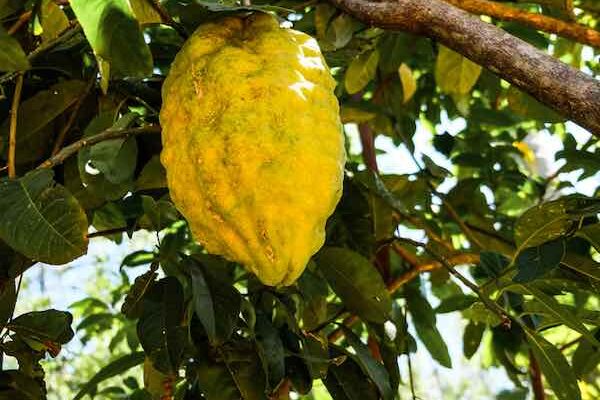Ponderosa lemons are a unique variety of citrus fruit known for their large size, sweet-tart flavor, and versatility in culinary applications. If you’re considering purchasing Ponderosa lemons, this buyer’s guide will provide you with essential information to help you choose the best quality fruit.
- Appearance: When selecting Ponderosa lemons, pay close attention to their appearance. Look for lemons that have a bright, glossy, and uniform yellow color. Avoid fruits with green patches, as this indicates they might not be fully ripe. The skin should be thick and bumpy, but free from blemishes or wrinkles.
- Size: One of the distinguishing features of Ponderosa lemons is their size. These lemons are significantly larger than traditional lemons, often resembling small grapefruits. Choose fruits that are plump and heavy for their size, as this generally indicates juiciness.
- Texture: Gently squeeze the lemon to assess its texture. Ponderosa lemons should have a slight give when you apply light pressure, but it shouldn’t be too soft or mushy. A firm yet slightly yielding texture is ideal, indicating that the fruit is ripe and juicy.
- Aroma: Ponderosa lemons should emit a fragrant citrus aroma when you hold them close to your nose. The scent should be fresh and zesty, indicating that the fruit is flavorful and ripe. Avoid lemons with no aroma or those that have a sour or off-putting smell.
- Weight: Pick up the lemon and gauge its weight. Heavier lemons typically have more juice, which is a desirable trait in cooking and baking. A heavy lemon suggests it’s full of juice, contributing to its culinary potential.
- Blemishes and Bruises: Inspect the skin of the lemon for any blemishes, bruises, or soft spots. While minor imperfections are common and generally do not affect the quality of the fruit, avoid lemons with significant damage, as they may be overripe or have compromised internal quality.
- Seasonality: Ponderosa lemons, like many citrus fruits, have a peak season during the colder months. They are often available from late fall through early spring. Purchasing lemons during their peak season usually ensures better flavor and quality.
- Source: Whenever possible, buy Ponderosa lemons from reputable sources such as farmers’ markets, local grocers, or specialty stores. These sources are more likely to provide fresher and higher-quality produce compared to mass-produced options.
- Organic vs. Conventional: Consider whether you prefer to buy organic or conventional Ponderosa lemons. Organic options are grown without synthetic pesticides and chemicals, which can be important to some buyers. However, both organic and conventional lemons can be of good quality if sourced from reliable suppliers.
- Intended Use: Finally, consider how you plan to use the Ponderosa lemons. If you’re using them for juicing or cooking, opt for fruit with a good balance of sweetness and acidity. If you’re primarily interested in their unique appearance and fragrance, prioritize those qualities.
In conclusion, selecting high-quality Ponderosa lemons involves evaluating their appearance, size, texture, aroma, weight, and overall condition. By following this buyer’s guide, you’ll be better equipped to choose the best Ponderosa lemons for your culinary adventures.
